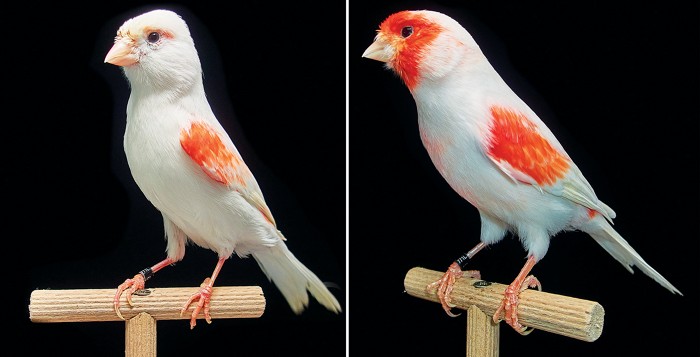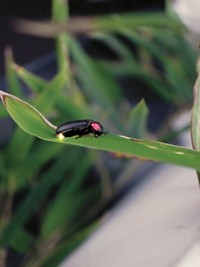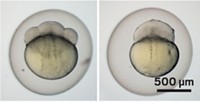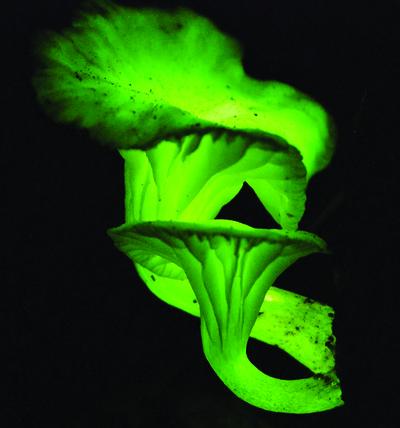Advertisement
Grab your lab coat. Let's get started
Welcome!
Welcome!
Create an account below to get 6 C&EN articles per month, receive newsletters and more - all free.
It seems this is your first time logging in online. Please enter the following information to continue.
As an ACS member you automatically get access to this site. All we need is few more details to create your reading experience.
Not you? Sign in with a different account.
Not you? Sign in with a different account.
ERROR 1
ERROR 1
ERROR 2
ERROR 2
ERROR 2
ERROR 2
ERROR 2
Password and Confirm password must match.
If you have an ACS member number, please enter it here so we can link this account to your membership. (optional)
ERROR 2
ACS values your privacy. By submitting your information, you are gaining access to C&EN and subscribing to our weekly newsletter. We use the information you provide to make your reading experience better, and we will never sell your data to third party members.
Genomics
One gene could explain why some male birds are more colorful than females
The gene codes for an enzyme that degrades reddish-orange pigments seen in the plumage of some male birds
by Sam Lemonick
June 11, 2020
| A version of this story appeared in
Volume 98, Issue 23

Female birds often sport less colorful plumage than males of the same species. Some birds evolved this sexual dichromatism as an adaptation related to mating and survival, but scientists still don’t understand how two birds of the same species, with almost identical genomes, can look so different. New research suggests that in canaries and some related birds, the difference may involve a single gene that codes for an enzyme that destroys red and yellow pigment molecules (Science 2020, DOI: 10.1126/science.aba0803).
To investigate the mechanism behind this plumage phenomenon, Miguel Carneiro of the University of Porto and colleagues bred red siskins, which are sexually dichromatic, with common canaries, which look the same male or female, to create birds that were nearly identical to canaries but displayed sexual dichromatism. When they compared the hybrids’ genomes to that of canaries, they found just one region containing three genes that differed. Only one of those genes was expressed differently in the male and female hybrids: BCO2. BCO2 codes for the enzyme β-carotene oxygenase 2, which breaks down the reddish-orange pigment β-carotene. On parts of the body where males have redder plumage, female hybrid canaries expressed BCO2 at higher levels than males did. The researchers propose estrogen may affect BCO2 expression, explaining the difference between males and females, but they did not investigate that mechanism further.
Other researchers had hypothesized that sexual dichromatism resulted from differences between males and females in how pigment molecules were taken up or metabolized. The discovery that increased pigment degradation in females is the cause in hybrid canaries “is counter to traditional thought,” says bird hybrid expert Scott A. Taylor of the University of Colorado Boulder, who was not involved in the study.
When Carneiro’s group looked at wild birds’ genomes, they found that BCO2 didn’t always play a role in color differences between sexes. For example, the gene was involved in plumage differences in European serins but not house finches. But Carneiro says the simplicity of the BCO2 mechanism may be one reason that carotenoid red and orange pigments are found in so many dichromatic bird species compared with other pigments.





Join the conversation
Contact the reporter
Submit a Letter to the Editor for publication
Engage with us on Twitter